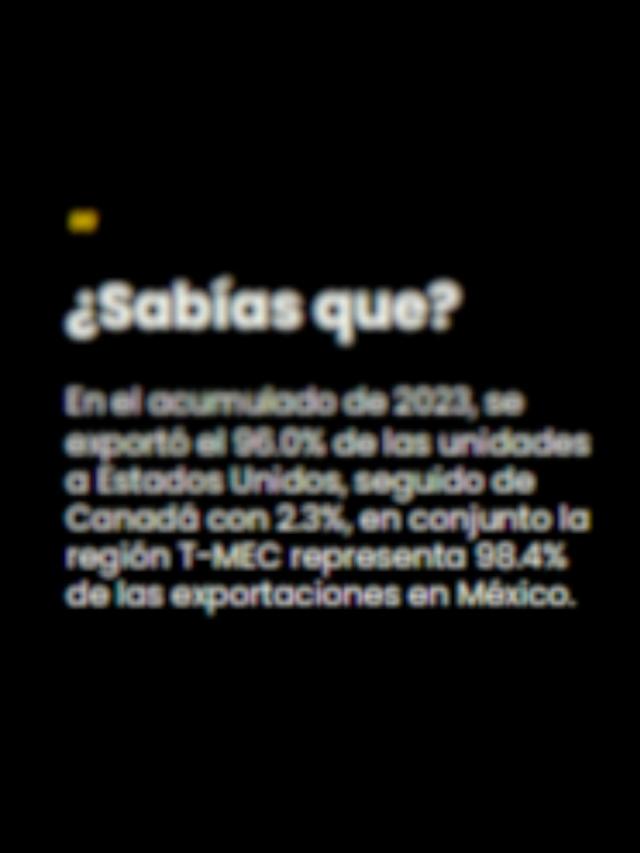
Continuous road upkeep and maintenance, increased freight capacity, increased private investment, and project planning are some of the actions needed to increase transportation efficiency in Mexico, experts agreed at the 4th National Transportation Infrastructure Forum , held by the College of Civil Engineers of Mexico (CICM) .
Leonardo Gómez , executive president of the National Association of Private Transportation (ANTP) , explained that greater efficiency and productivity are needed in the construction of free or toll roads , as well as in their maintenance.
“It’s essential to improve investment, increase it, but also maintain it; in that sense, Mexico spends 12% of its GDP on logistics, while the United States spends 8%, so we must strive to be more efficient if we want to continue competing in the North American market. Having infrastructure isn’t enough if there’s no efficient connectivity,” he said.
He stated that one of the challenges is to increase the number of high-specification roads, establish express lanes for toll collection, as well as rest and service stops, and conduct a comprehensive review at the state level to ensure improved last-mile infrastructure, among other things.
For his part, Marco Antonio Frías , director of the Mexican Association of Road Infrastructure Concessionaires (AMCIVAC) , agreed that the country has a major problem with the conservation and maintenance of communication routes , where financing is the major bottleneck.
“This creates risks and challenges for the Mexican government, but also for road users, and for those of us who build and operate them. Financing is the biggest bottleneck we face as a country,” he said during his participation in the panel ” For a Sustainable Transportation Infrastructure .”
He emphasized that “the private sector has shown that it generates significant value in terms of the number of kilometers on the network, jobs created, investment, and the use of technology. The highways operated by private companies are generally safer.”
“We believe it is very important that the government not close the door to private investment. There is talk of joint ventures where the state and the private sector will participate in the construction and modernization of various sections. Public-private partnerships, which have also yielded positive results, are also being used. The intention is for the private sector to have a more intense participation through unsolicited proposals,” he mentioned.
Meanwhile, Vianey de la Mora , director of the Mexican Railway Association (AMF) , commented that the infrastructure is at its limit in ports, and that there are bottlenecks in yards , “there is increasing demand and movements are slower, limitations for operations and needs for investment in double track.”
However, he indicated that the railroads have made various investments, such as in innovation and technology, as well as in renewable energy, where there has been a 2.65% increase in diesel-electric locomotives, as well as a 2.25% increase in rail cars and crossings between Mexico, the United States, and Canada.
He recalled that in 27 years they have invested nearly 14.5 billion dollars (mdd) in infrastructure, systems and technologies .
Antonio Moreno Gómez, president of the Mexican Association of Port, Maritime and Coastal Infrastructure (AMIP) , said that the capacity of ports to handle any type of cargo is fundamental.
“If there isn’t enough space, it can be the bottleneck that, at a given time, limits the capacity of that terminal, and the other is the delivery and reception of ground transportation, whether rail or truck, and this only applies to the capacity of one terminal,” he said.
At the event, specialists agreed that a level playing field is needed for all modes of transportation, as well as private investment as a complement to infrastructure construction, human capital, and better planning of public works.
Comment and follow us on X: @evandeltoro / @GrupoT21















